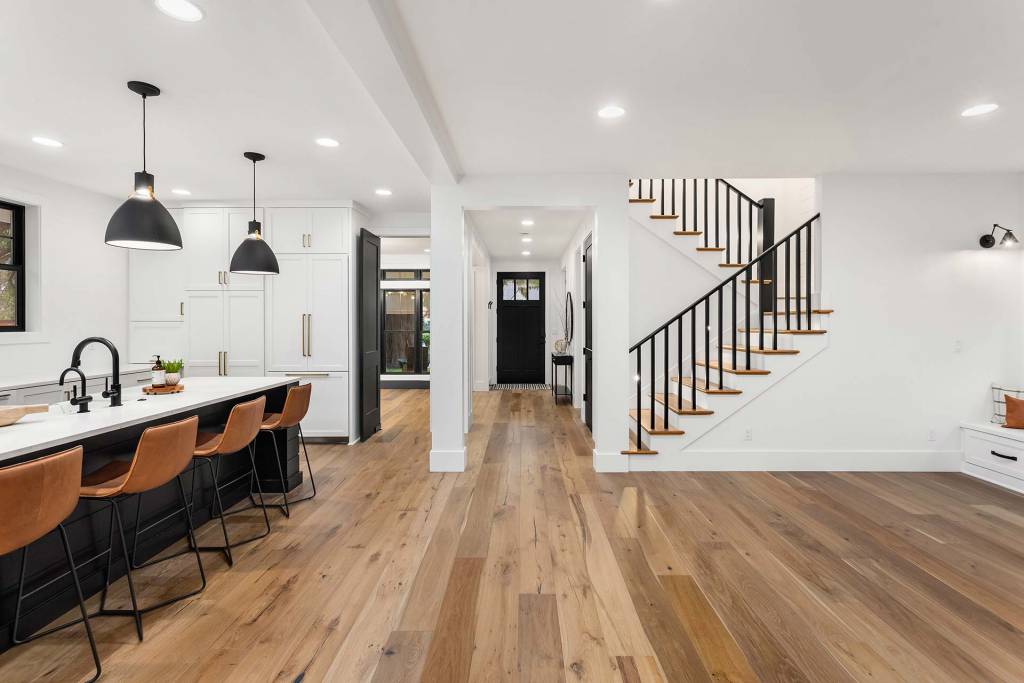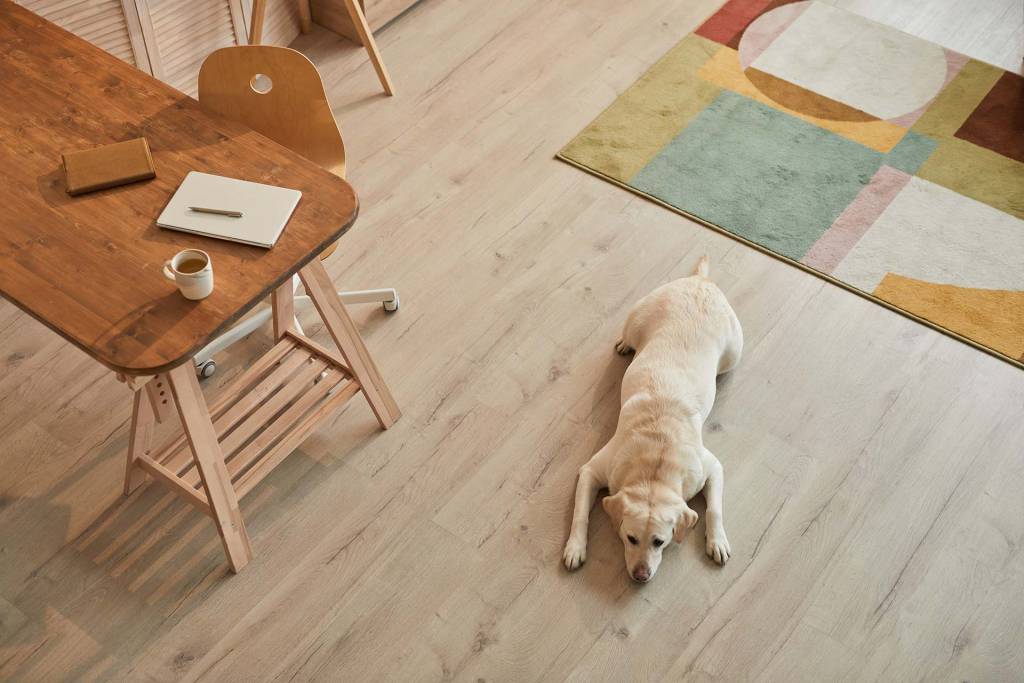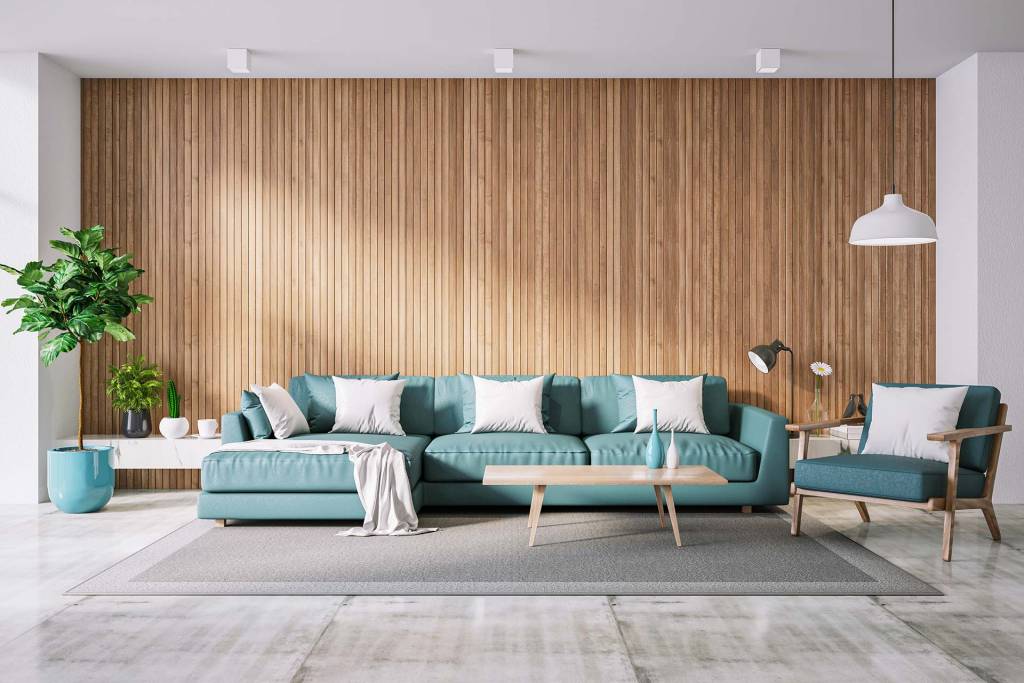Many households consider laminate flooring an economical option. It fits into various spaces and is cleaner compared to rugs and carpets. Laminate floors are hard-wearing and prevent stains, dust, and pet skin from accumulating under the surface.
Two Kinds of Laminates
The two types of laminates are Direct Pressure (DPL) and High Pressure (HPL).
- DPL is common in the consumer market. It is formed by using between 300 and 500 pounds of PSI. Four separate layers are simultaneously flattened during the production process. These are the wear layers, high-density fiberboard, decorative sheet, and balancing layer found at the bottom.
- HPL is fabricated quite differently from DPL. It creates a harder flooring and ensures maximum durability. It is manufactured using the same materials as in DPL but adds kraft paper sheets treated with phenoplast or phenolic resin. This makes the kraft paper firmer during the manufacturing stage. Furthermore, 1.300+ PSI is utilized in combining the HPL layers and put together in various stages instead of the DPL method.



Advantages
- Hardy – Laminate floors are tough despite the minimal maintenance. It endures high traffic and only sustains slight damage. It is possible to make the floor water-resistant and does not get scratched or become faded compared to hardwood flooring.
- Easily Installed and Affordable – Laminate floors are the cheapest among all flooring alternatives. Installation can be done as a DIY task.
- Eco-Friendly – Many laminate floors come from recycled materials, especially the core coating.
Cost
The price depends on the quality. However, the estimated spend is between $0.70 (Red, maple, and white oak) and $2.00 (hickory) per square foot. Non-wood laminates have similar prices. Extra features will mean additional expenses.
Thickness, Width, and Texture
The plank’s viscosity is from 6 mm to 12 mm. This thickness determines the complete insulation, resistance to deforming over time, and hiding flaws on the floor. Thicker boards are more expensive. The width ranges from three inches wide to seven inches or more. The width will depend on the price, room dimensions, and personal choice. Laminate flooring offers an even and smooth surface. However, others are embossed or textured to replicate natural materials.
